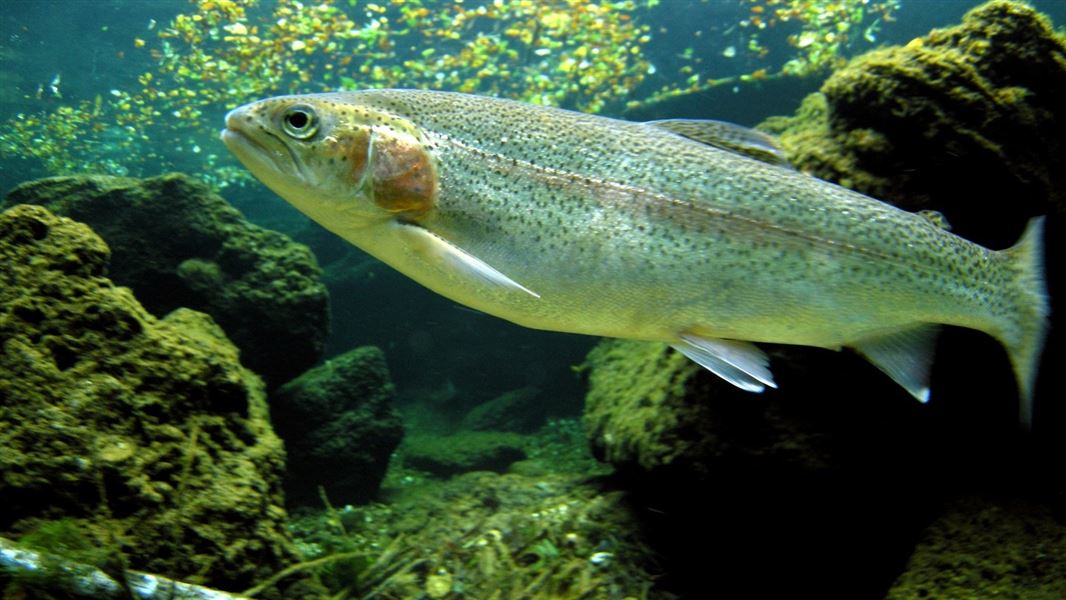
Introduction
There is no risk to human health from eating native fish, shellfish or wild trout in areas where 1080 bait has been distributed.Native fish, eels and crayfish/kōura
1080 in water does not affect native fish or eels, and it is safe to eat them from within predator control areas. Crayfish/kōura are also unaffected, and safe to eat.
Studies
In one study, three species of native fish (longfin eels, kōaro and upland bullies) were placed in cages in a waterway and 1080 was applied upstream at over 10 times the amount that would be possible during a predator control operation. In a study by the National Institute of Water and Atmospheric Research in 2006, kōura were placed in individual cages with either a 1080 pellet or a cereal pellet without 1080. After 8 days and despite taking small amounts of 1080 into their bodies, no kōura died.
This study also concluded that the risk to humans from eating kōura that had consumed 1080 was close to non-existent – you would have to eat more than 40 kg of tail flesh in one sitting to have a one in two chance of dying (calculated for an 85 kg adult).
Trout
Trout are not attracted to 1080 pellets and there is a very low risk when eating trout within seven days of 1080 being distributed. After seven days, there is no risk.
Multiple studies have been conducted by the National Institute of Water and Atmospheric Research (NIWA), Landcare Research, Ministry for Primary Industries (MPI) and others.
The research strongly indicates that:
- consumption of wild caught trout from areas that have had 1080 applied will not pose a food safety risk to humans
- trout are not attracted to 1080 pellets and there are no direct or anecdotal reports of trout being caught with intact pellets in their guts
- there is no effect on trout or the ecology of the test area when 1080 is present in high doses.
Trout and poisoned mice
An assessment was done on the risk of trout eating mice poisoned by 1080. The trout were fed concentrated 1080 gel to simulate the effects of them eating about 30 poisoned mice in one meal. This is 8-10 times more than trout could ingest in the wild. No fish died and no changes in their behaviour were observed during the research.
Trout took up small amounts of 1080 in their flesh and these amounts reduced over time as the 1080 broke down. The levels of 1080 in trout flesh fell well short of breaching international standards for human health. The assessment also stated that the peak 1080 levels were a 'gross over-estimate' of any 1080 residue likely to be found in wild trout.
As a precaution, MPI advises anglers to avoid eating trout from waterways in a predator control area for up to 7 days after 1080 bait has been applied.
Case study: Taupō fishery
Taupō is known internationally for its high-quality fishing with brown and rainbow trout thriving in streams, rivers, and lakes.
It's the most studied fishery in New Zealand with more than 30 years of data and ongoing fishery research.
Ongoing predator control in the forests surrounding the lake catchments is critical for protecting native species. The use of traps and aerially applied 1080 has enabled the number of native birds (including the rare whio/blue duck) to increase.
In more than 40 years of using 1080 to control possums, rats and stoats, there have been no recorded negative effects on trout, their prey or water quality.